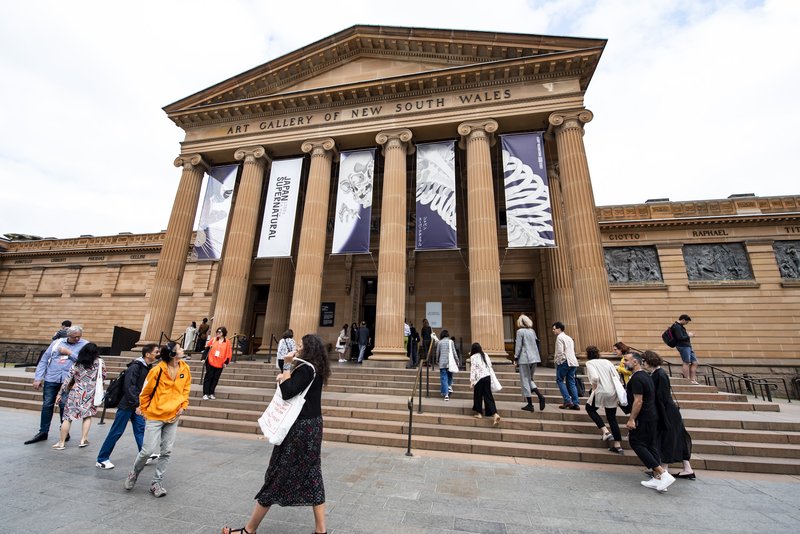Do museums matter?

Written by Elizabeth Ann Macgregor and published originally by Finestre sull'Arte, No 4. Anno I. December 2019 - February 2020, Il Museo del Futuro (The Museum of the Future).
Next month, over 200 museum professionals from around the world will gather in Sydney for the annual CIMAM conference. (CIMAM is the International Committee for Museums and Collections of Modern Art, an affiliated organisation of ICOM). The accelerating rates of change in technology and modes of communication, environmental crisis and the challenges of mass migration that mark the 21st century, along with the demand for museums to be not only socially responsive and engaged but effective cultural and economic agents within their locations provide the context for a re-consideration of the role of the museum.
The current ICOM definition of a museum as “a non-profit institution” that ‘acquires, conserves, researches, communicates and exhibits the tangible and intangible heritage of humanity and its environment for the purposes of education, study and enjoyment’ harks back to the days when museums were first and foremost repositories of cultural objects, put on display for the education (and edification) of the public. Museums today are unrecognizable from their 19th century counterparts and a new ICOM definition is necessary,
The debate around what, or rather whom, museums are for accelerated in the 1990s in response to attacks on the perceived elitism of the arts. Gender, cultural diversity and the globalization of the world became issues of concern for museums, challenging their narrow focus. The case for greater inclusion led to a re-thinking of museums’ relationship to audiences.
The other challenge faced by museums around the world is diminishing public funding and the need for museums to raise income through commercial activities, philanthropy and sponsorship. It is hard to understand today the outcry that greeted the V&A’s 1988 poster describing it as “An ace café with a nice museum attached’. Today no museum is complete without its food and beverage experience. The rise of philanthropy (nothing new in the US where museums have always been dependent on private sector funding but new in much of mainland Europe) and sponsorship have led to concerns about ethics. What is new to all museums is the role of social media and the ability of activists to drive effective campaigns against sources of funding that they find distasteful, leading to potentially complex situations as museums scramble to ensure that not only sponsors but board members are not associated with so called ‘dirty’ money. Social media is also playing a role in the increasing demands for censorship of certain kinds of work.
Museums need to attract new audiences, especially younger audiences, with different expectations. Visitors are now more than ever active participants rather than passive consumers. All museums have had to face the challenge of staying relevant. The proposed new ICOM definition describes museums as “democratising, inclusive and polyphonic spaces for critical dialogue about the past and the future”. It adds: “Addressing the conflicts and challenges of the present, they hold artefacts and specimens in trust for society, safeguard diverse memories for future generations and guarantee equal rights and equal access to heritage for all people.”
For some, this strays too far from the original purpose of museums and doesn’t adequately reflect their unique role, pandering to a new age of activism which will alienate as many as it embraces.
Which raises the question how should a museum reflect the issues of the times? For art museums, this is easier to answer, as the range of work by artists will inevitably include work that deals with the most pressing issues of our times, such as climate change. But diversity and balance in the kind of work acquired and exhibited is essential. For museums dealing with historical matter, the challenge is how to deal with objects acquired in different times which are nonetheless of cultural importance. The ICOM definition may go too far but the sentiment of museums as places of debate and discussions around difficult issues is surely more appropriate than one which places the veneration of objects at its core.
The CIMAM debates in Sydney will help to inform the ongoing ICOM discussion from the point of view of modern and contemporary art museums. One thing is certain: museums must engage with their diverse communities in all kinds of ways, providing inspiration as well as provocation. In this fractured world where optimism is often difficult to find, museums surely have an even more important role to play in bringing people together, encouraging diverse viewpoints, making space for visitors to engage in learning, giving audiences the opportunity to imagine a better future for everyone. Museums do matter.